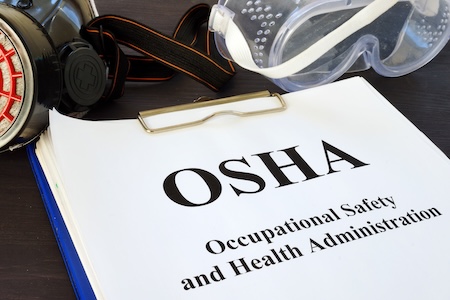OSHA’s Proposed Heat Injury & Illness Prevention Standard: Uncertainty Remains Amid Political Shifts

On August 30, 2024, the Occupational Safety & Health Administration (OSHA) introduced its first-ever proposed standard titled “Heat Injury and Illness Prevention in Outdoor and Indoor Work Settings.” The rule is intended to protect workers from heat-related injuries and illnesses across all industries, including drycleaning operations.
A public meeting regarding the proposed rule is scheduled for June 16, 2025, where the Drycleaning & Laundry Institute (DLI) is expected to testify on behalf of the industry. DLI will address the potential impact of the rule on an already-fragile sector still recovering from the COVID-19 pandemic, which led to the closure of nearly 30% of cleaners nationwide. DLI will also voice concerns over the significant costs associated with implementing compliance measures under the proposed standard.
However, the finalization of OSHA’s heat standard remains uncertain. The Trump administration, currently in office, has taken a strong stance against new federal regulations deemed burdensome to U.S. businesses. As a result, the rule could be delayed—or shelved—until a new administration takes office four years from now. The future of the federal rule remains unclear.
State-by-State Patchwork Raises Concerns
In the absence of a federal standard, several states have adopted or proposed their own heat illness prevention regulations. To date, California, Maryland, Colorado, Minnesota, Oregon, and Washington have developed their own frameworks. Other states are reportedly considering similar moves.
This emerging patchwork of state-specific regulations creates significant compliance challenges for businesses operating in multiple jurisdictions. Eventually, when a federal standard is enacted, businesses may be forced to navigate overlapping or conflicting requirements, adding further complexity and cost.
What the Proposed Rule Would Do
Currently, OSHA relies on the General Duty Clause to cite employers for heat-related hazards. This approach requires OSHA to demonstrate the existence of a hazardous condition on a case-by-case basis before requiring abatement.
The proposed rule aims to eliminate this hurdle by establishing specific, proactive requirements for heat hazard prevention, much like the existing Hazard Communication Standard.